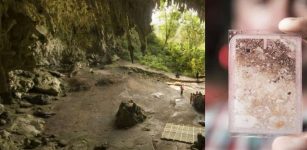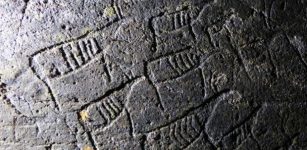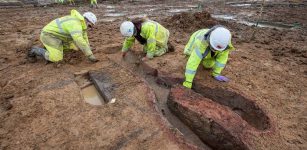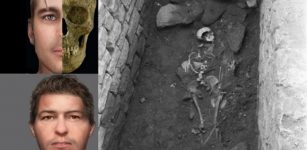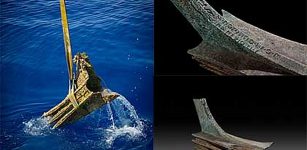Sima De Los Huesos Hominins Were Closer Related To Neanderthals Than To Denisovans
MessageToEagle.com – A team of scientists from the Max Planck Institute for Evolutionary Anthropology in Leipzig, Germany, has conducted sensitive tests on the DNA from two specimens found at the Sima de los Huesos site, located in northern Spain.
The results provide evidence that the Sima de los Huesos hominins were indeed early Neanderthals. Neanderthals may have acquired different mitochondrial genomes later, perhaps as the result of gene flow from Africa.
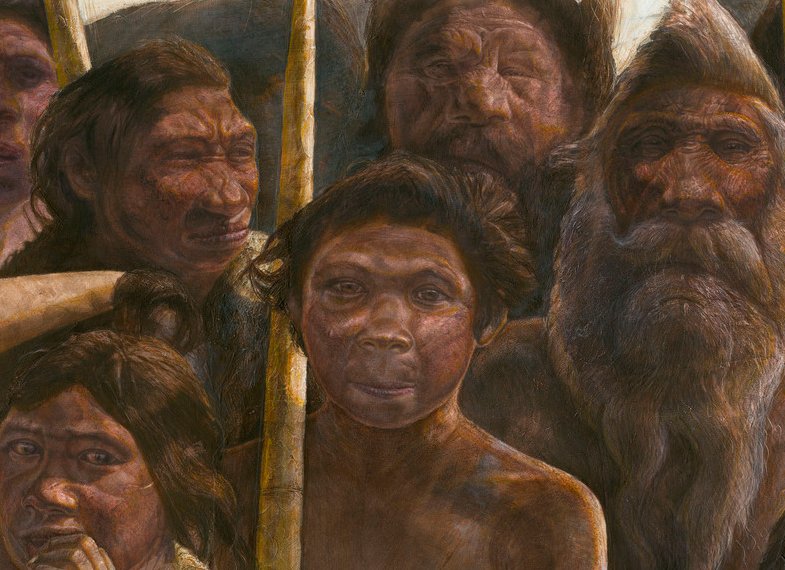
The population divergence between Denisovans and Neanderthals had already occurred by 430,000 years ago when the Sima de los Huesos hominins lived.
The oldest relatives of Neanderthals have been identified through the DNA of hominins found at the 430,000-year-old Sima de los Huesos site. Also known as the ‘pit of bones’, three decades of excavations have unearthed 28 hominin individuals.
Until now it has been unclear how these individuals found at the Sima de los Huesos (“pit of bones”) site in Northern Spain were related to Neanderthals and Denisovans who lived until about 40,000 years ago.
“Sima de los Huesos is currently the only non-permafrost site that allow us to study DNA sequences from the Middle Pleistocene, the time period preceding 125,000 years ago”, says Matthias Meyer of the Max Planck Institute for Evolutionary Anthropology.
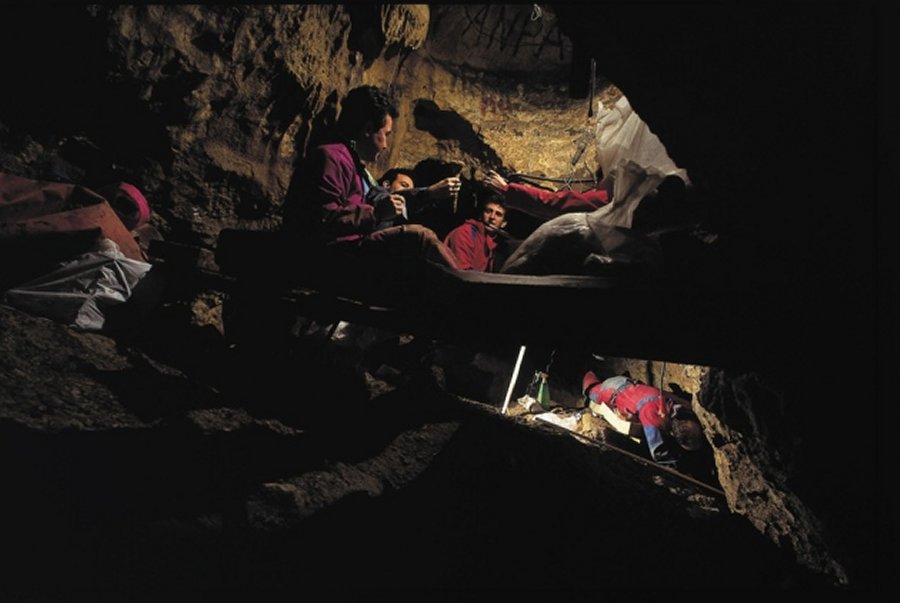
“The recovery of a small part of the nuclear genome from the Sima de los Huesos hominins is not just the result of our continuous efforts in pushing for more sensitive sample isolation and genome sequencing technologies.”
New techniques and precise work make the difference
“We have hoped for many years that advances in molecular analysis techniques would one day aid our investigation of this unique assembly of fossils”, explains Juan-Luis Arsuaga of the Complutense University in Madrid, Spain, in a press release.
“We have thus removed some of the specimens with clean instruments and left them embedded in clay to minimize alterations of the material that might take place after excavation.”
The nuclear DNA sequences recovered from two specimens secured in this way show that they belong to the Neanderthals evolutionary lineage and are more closely related to Neanderthals than to Denisovans.
According to Svante Pääbo of the Max Planck Institute for Evolutionary Anthropology
“these results provide important anchor points in the timeline of human evolution. They are consistent with a rather early divergence of 550,000 to 750,000 years ago of the modern human lineage from archaic humans”.
Research is published in Nature.
MessageToEagle.com
Expand for references
